Wednesday, February 6, 2008
The Beggining Of The Nokota
In the summer of 1884, the HT Ranch near Medora bought 60 Siox mares from the Marquis de Mores, a french entreprenerur who had purchased 250 head, including all the mares from Sitting Bulls confiscated herd which was originally sold at Fort Buford in 1881. Some HT mares unfortunatly had visible bullet wounds from their lives with the Hunkpapa Siox who had fought in the battle of Little Big Horn in 1876. The HT Ranch in addition to buying 60 mares, also purchased the great thoroughbred stallion Lexington from Kentucky, and they crosed him on some of the sitting Bull mares. In the early twentieth century, bands of wild horses continued to roam in the Missouri Badlands with no fences so domestic horses were often turned out to breed among the range brands. But they became targets of political and emotional issues, -and guns. Local ranchers wanted to limit any grazing competition between their cattle and the the wild horses so they often rounded up the horses, took some for using horses, and sold the rest of them so people could shoot them for sport, and slaughter. After the drought and the great depression of the 1930s, federal and state agencies under a great pressure from cattlemen to prevent future dust bowls, teemed up with ranchers to wipe out wild horses from western North Dokota. During the 1940s and 1950s most of the remaining bands of horses were shot from aircraft, or rounded up and sold for slaughter. Also in the 1940s Theadore Roosevelt National Park was being built, and a few bands of wild horses were accidently enclosed within the 70,000 acre parks perimeter fence. Sadly, by 1960, these were the last surviving wild horses in North Dakota. The national park service continued to try to eliminate the horses, but federal laws held them back that were passed in 1971 to protect wild and free roaming horses. The park service won that battle and today it is not subject to the laws and regulations governing wild horse management on public lands. A change of polocy was beggining in the late 1970s when public opposition to the removing of horses and a growing understanding of the importance of their history of the area was thought by the people. Since then the park has managed a "historical demonstration herd." Sadly for those interested in preserving the original type and lines of horses, in the 1980s the park administrators decided to modify the apperance of the horses by adding outside bloodlines. The dominent stallions in the park bands were either shot, or removed. They were replaced with an Arabian, a Quarter horse, two feral BLM stallions, and a part-Shire Bucking horse. At about the same time, several large roundups were held, and many of the parks horses were sold at an auction. Leo and Frank Kuntz of Linton, North Dakota were concerned about the future of these horses, so they began buying as many of the original park horses as they could. They has become interested in them after purchasing a few for breeding and for use as cross country race horses. The brothers became convinced that the horses were a unique and historical type, and they had high respect for their enduance and agility. Researching the origins of the horses, they discovered that the Marquis de Mores (who founded the town of Medora, right where the parks headquarters were later located) had purchased and range-bred Sitting Bulls confiscated ponies. The Kuntzes grew to believe that the Sitting Bulls horses were related to the herds of horses that later were enclosed into the park. Since their discovery of the link to the Sitting Bulls horses, the bothers have devoted their lives to preserving this strain which now survives on their ranch near Linton. The breed name reflects this history of both the land and the horses on it. Until the Nakota Horse Conservancy was founded in 1999, the brothers were the only force standing between these special horses and extinction. In 1994, Dr. Philip Sponenburg evaluated the park horses and the Kuntzes horses and concluded that about twenty animals owned by the brothers, and sadly none in the park were phenotypically consistant with accepted standereds for spanish colonial horses. Since that time, Leo Kuntz has selectivly bred those animals to maintain their spanish characteristics. Indian people and others urged the state of North Dakota to designate the Nokota horse the honerary state equine, wich it did in 1993.
Subscribe to:
Post Comments (Atom)


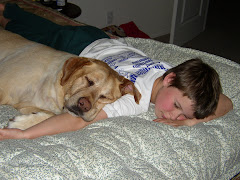
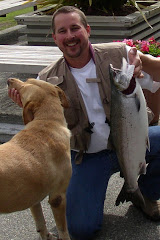


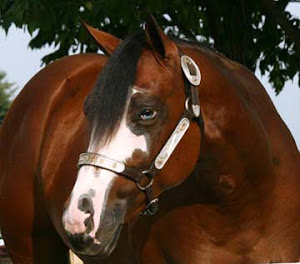
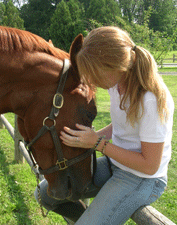
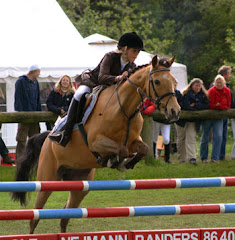
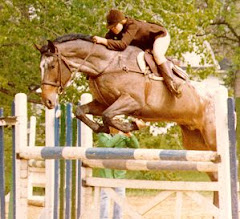
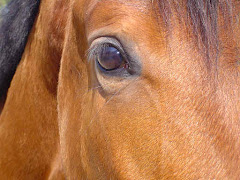
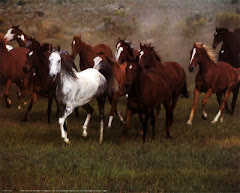
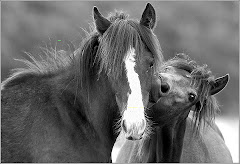
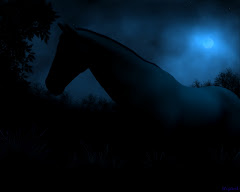
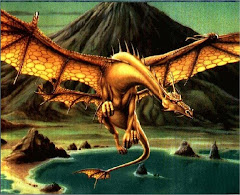
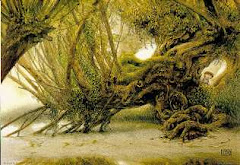

2 comments:
Interesting - how did you find out about this? And what is your interest?
jk, i love to english ride.
Post a Comment